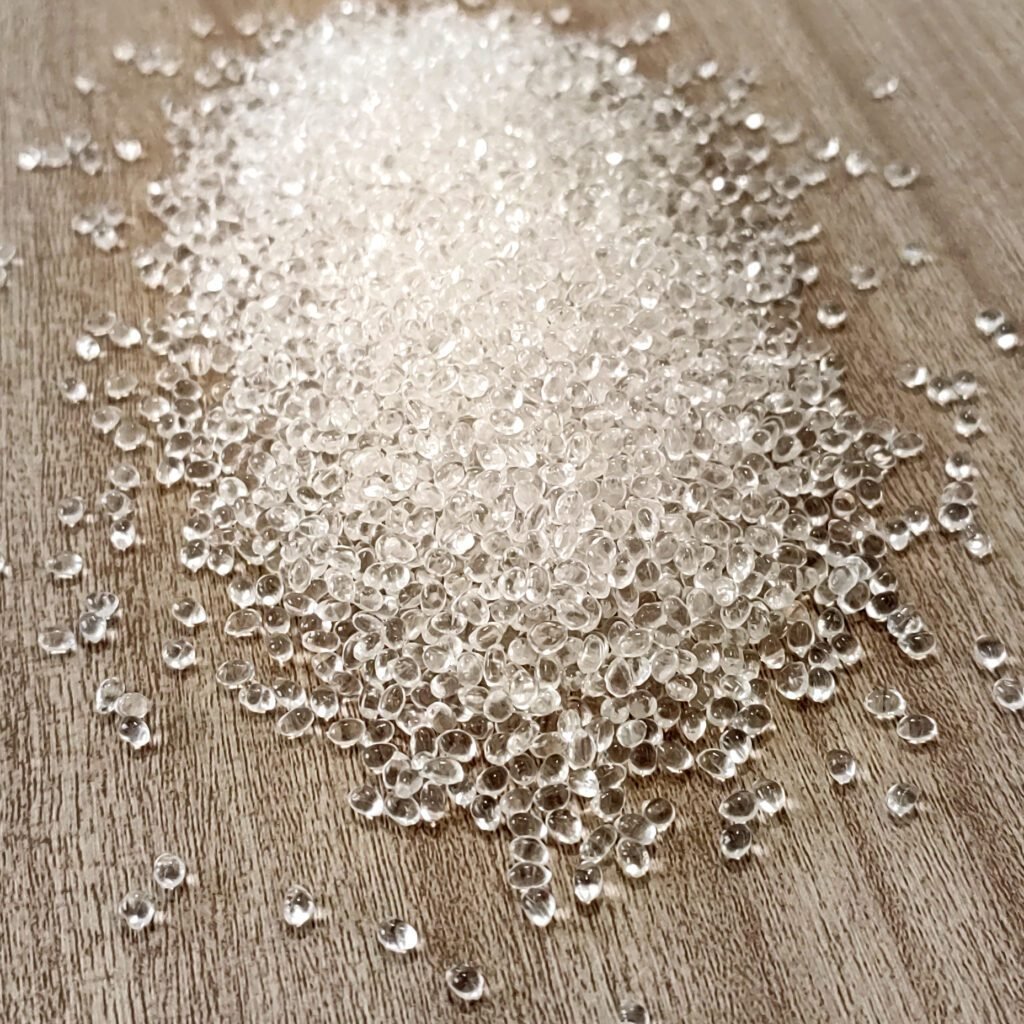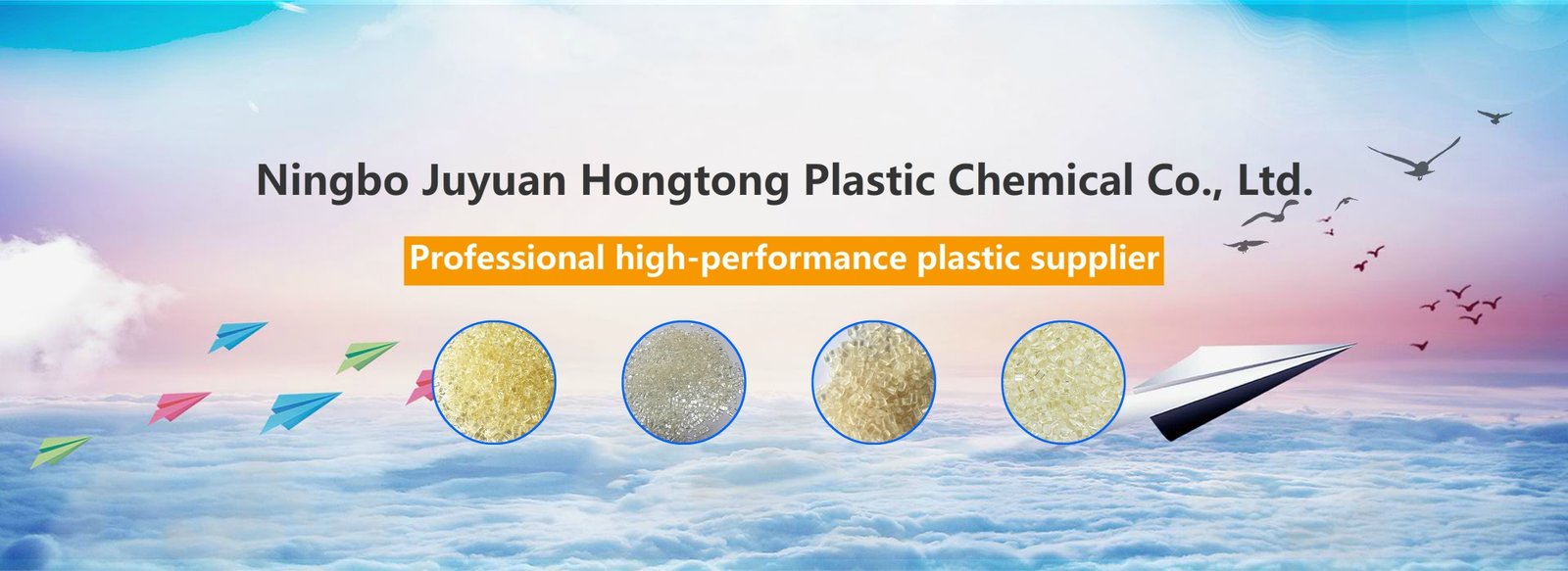PVC vs TPU Material
In the field of plastics, PVC (polyvinyl chloride) and TPU (thermoplastic polyurethane) are often compared - this is no coincidence, but rather due to their overlapping competition in areas such as flexible products, electronic components, sports equipment, and medical devices. Both of these materials are renowned for their flexibility and ease of processing, but they represent two completely different material strategies: PVC is traditional and cost-effective, while TPU is more advanced but more expensive.
In the context of today's increasingly harsh environment and consumers' growing concern about material safety, choosing between PVC and TPU is not merely a technical decision, but a strategic move that influences product positioning, brand recognition and competitive advantage.


1. Material Comparison at a Glance: PVC vs. TPU
| Свойство | PVC (Polyvinyl Chloride) | TPU (Thermoplastic Polyurethane) |
| Mechanical Strength | Rigid by default, can be softened with plasticizers | Excellent elasticity, tear and flex resistance |
| Прозрачность | Milky or semi-transparent, easily pigmented | Naturally high clarity, optical-grade available |
| Weather Resistance | Moderate, sensitive to UV | Outstanding, suitable for harsh outdoor use |
| Oil Resistance | Умеренный | Отличный |
| Методы обработки | Extrusion, calendaring, injection molding | Injection molding, extrusion, film blowing |
| Environmental Compliance | Contains chlorine; subject to REACH, RoHS scrutiny | Halogen-free; easier global compliance |
2. Why are they always compared?
PVC and ТПУ have a "direct substitution" relationship in multiple application scenarios, especially in the following types of products:
・Cable sheath: PVC is the traditional first choice, but TPU performs better in terms of flexibility and cold resistance.
・Shoe materials and sports goods: PVC is suitable for mid-to-low-end products, while TPU is more favored by brand-oriented customers.
・Flexible packaging and sealing films: Under the demand for environmental protection, TPU has become a high-end alternative option.
・Medical pipes: Due to the limited plasticizer content in some PVC, TPU becomes a safer choice.
In other words, PVC is suitable for "cost-sensitive markets", while TPU is targeted at "performance-oriented markets" or "regulation-sensitive products".
3. The "Industry Barometer" Behind Material Selection: The trend has long changed
In an era centered on performance, PVC once dominated the flexible materials market. But nowadays, material selection is not only based on performance, but also on "environmental compatibility", "brand acceptance" and "global regulatory trends". The following are several industry signals that cannot be ignored:
The trend of halogen-free materials: Brands from Europe, America, Japan and South Korea are increasingly inclined to use materials that are free of chlorine and plasticizers. The trend of TPU replacing PVC in electronic cables and wearable devices is significant.
The pressure on the circular economy is intensifying: The chlorine content in PVC makes its recycling process complex, while TPU is easier to achieve physical/chemical recycling, making it an important candidate for upgrading sustainable materials.
The demand for high-performance flexible products has soared: such as gaming headphone cables, high-end phone cases, sports wristbands, and smart wearables. TPU has obvious advantages in terms of flexibility and surface texture.
The rise of ISCC+ certification: Some TPU products already have bio-based or recyclable raw material paths, helping brand owners achieve carbon footprint reduction.
4. What we can offer our customers is not merely "raw material granules".
As a partner specializing in the supply of high-performance plastic pellets and material solutions, we understand that customers not only need to "buy the right materials", but also "use the right methods".
We can provide our customers with:
Multiple specifications available in stock (conventional PVC soft granules, medical-grade TPU, etc.)
Application adaptation and material substitution analysis: Helping you upgrade from PVC to TPU or achieve cost balance in specific processes
Modification guidance and blending schemes: such as the development of PVC/TPU blend particles, taking into account both flexibility and durability
Sustainable selection suggestions: It is recommended to use materials that comply with ISCC+ certification or support eco-friendly labels
Support customer sample making and technical parameter matching: Help you quickly verify the product structure and performance
5. Conclusion: What you have chosen is not only the materials but also the direction of your brand
The choice between PVC and TPU is not merely a decision on the "plastic formula", but rather a reflection of the market your brand is targeting and the value it carries.
If your customers are pursuing high transparency, super wear resistance and environmental protection certification, TPU is a crucial step for you to upgrade the product level.
If you are more concerned about cost control, large-scale supply and mature processing, PVC remains a reliable and economical option.
Why not contact us and let the materials strategy truly empower your product!
【Связанные рекомендации】
LLDPE 6118LE Pellets:High Strength Films – Excellent Dart Impact and Tear Resistance Узнать больше>
ТПУ Б 95 А: Прочный гранулят ТПУ для шлангов, уплотнителей и обуви Узнать больше>
LLDPE 1050P:Food-Grade Linear Low-Density Polyethylene for Sustainable Packaging Узнать больше>

